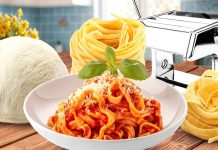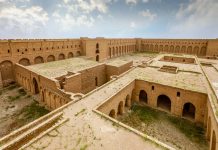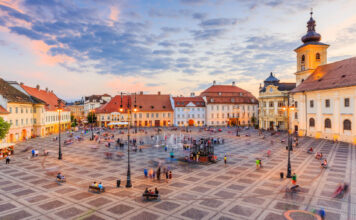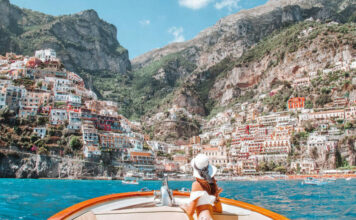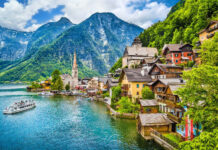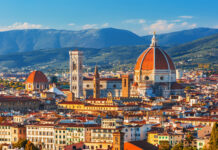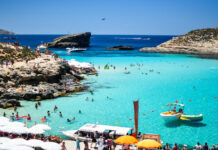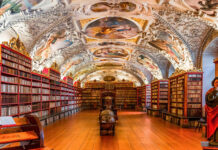A Left-Handed Maestro
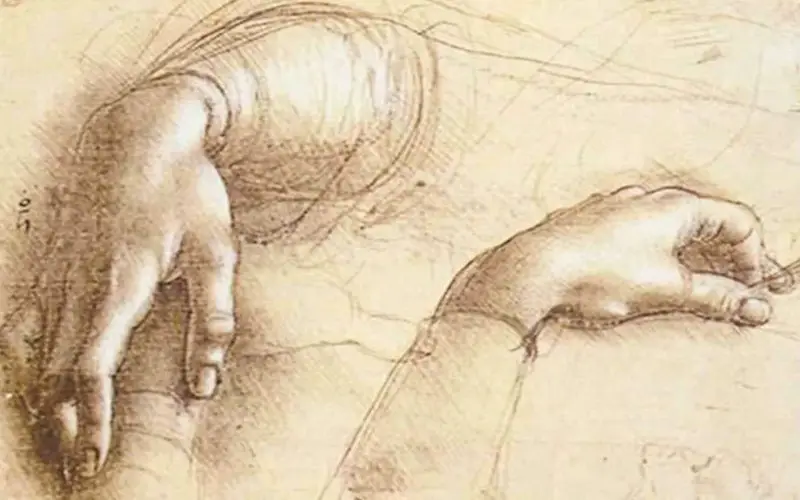
Leonardo da Vinci was not only a pioneer in the arts and sciences but also a southpaw. In an era when left-handedness was often considered unconventional, da Vinci embraced his natural inclination. His notebooks, filled with intricate sketches and mirrored writing, are a testament to his adaptability as a left-handed artist.
The Mirror Writing Mystery
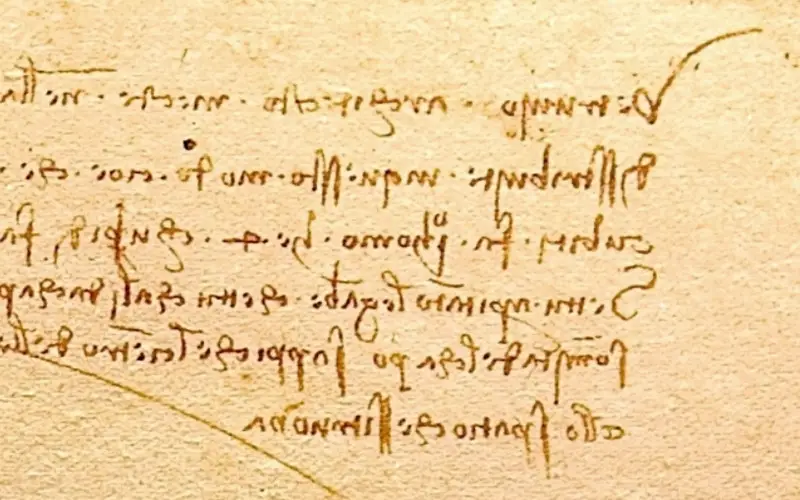
Da Vinci’s habit of writing in reverse, a skill known as mirror writing, has puzzled scholars for centuries. Some theories suggest it was a means to protect his ideas from theft, while others propose it was a consequence of da Vinci being left-handed. The true reason remains elusive, adding an element of mystery to his personal notes and sketches.
A Passion for Anatomy
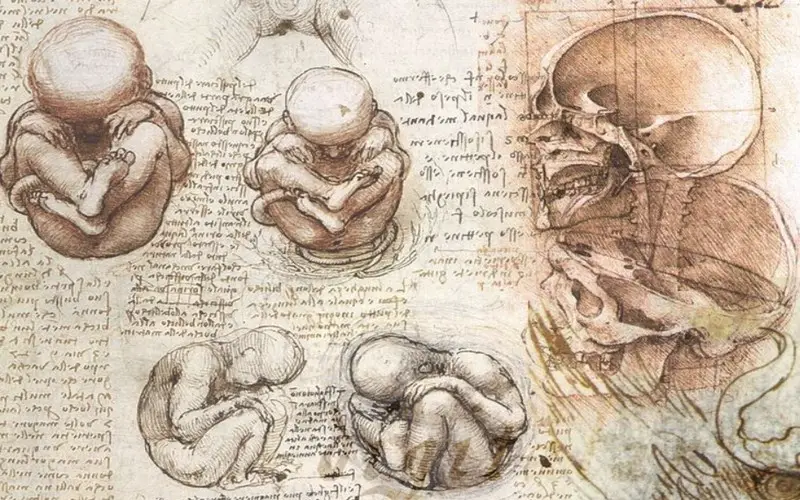
Beyond his artistic pursuits, da Vinci harbored a fervent curiosity for the human body. His meticulous dissections of cadavers enabled him to produce remarkably accurate anatomical drawings. These studies, found in his anatomical notebooks, showcase a depth of understanding that was well ahead of his time and laid the groundwork for future advancements in medical illustration.
The Codex Leicester
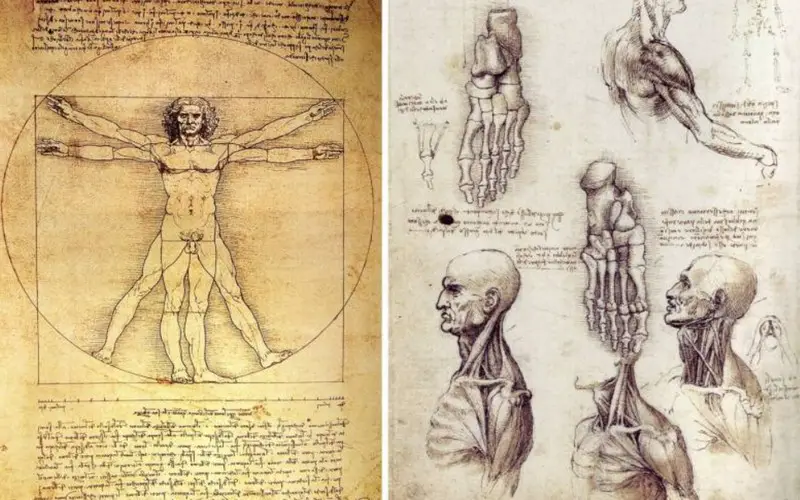
One of da Vinci’s most famous notebooks is the Codex Leicester, named after the Earl of Leicester who purchased it in 1717. This collection of scientific writings delves into topics ranging from geology and astronomy to hydrodynamics. In its pages, da Vinci’s insatiable curiosity and keen observational skills are on full display, providing a window into his scientific inquiries.
Innovations in Flight

Da Vinci’s inventive spirit extended to the realm of flight. While he did not build a functional flying machine, his detailed sketches of ornithopters and aerial screw designs demonstrated a profound understanding of aerodynamics. Centuries later, his concepts would inspire pioneers in aviation as they sought to achieve the dream of human flight.
A Man of Diverse Talents

Beyond his artistic and scientific achievements, da Vinci’s talents were remarkably diverse. He excelled in fields as varied as music, engineering, anatomy, and architecture. His curiosity knew no bounds, leading him to explore and master an array of disciplines that set him apart as a true Renaissance man.



